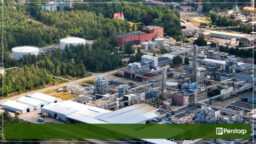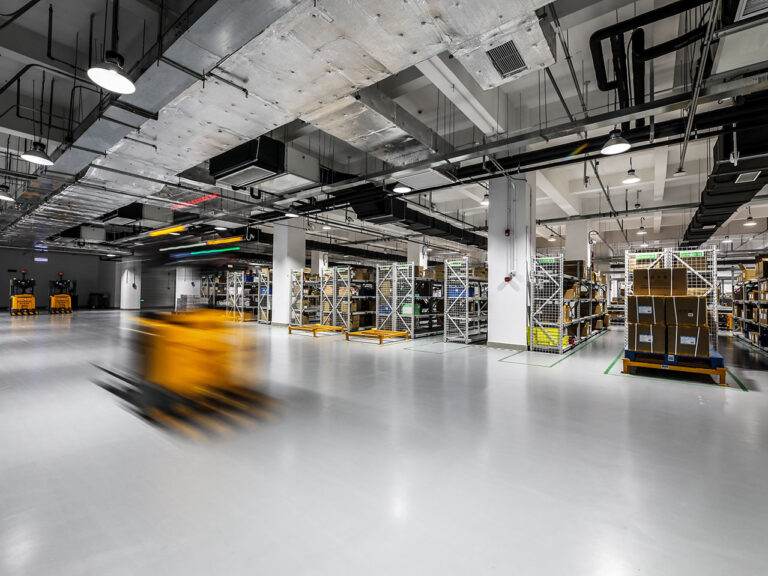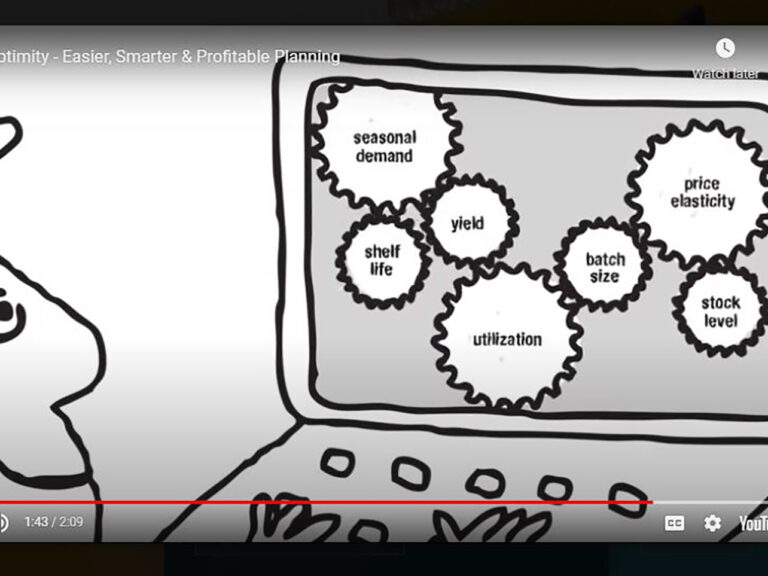When first introduced back in 1964, Material Requirements Planning (MRP) was a game-changer. For the first time, companies were using computer technology to understand what they needed to buy and produce to meet customer demand. It was a real breakthrough and will always remain an important milestone in the history of supply chain planning.
But times have moved on, and today’s innovators have stopped using MRP, favoring modern supply chain optimization software.
The benefits of MRP
The advent of MRP allowed companies to implement a much more structured approach to planning. Planners could easily see when they needed to buy materials and start production to ensure on-time delivery. MRP would also give a notification if something seemed to be late. It was a real breakthrough for the early adopters and offered a competitive edge.
The emergence of MRP II and ERP solutions in the 1980s offered a new approach to long-term planning. Companies started to forecast future sales and tried to analyze the impact on capacity requirements. But even today, it’s a very time-consuming, iterative process, and it is hard to explore the consequences of different planning decisions and scenarios.
The drawbacks
Although a significant innovation of its time, many companies struggled (and still do!) to make good use of MRP. There are several reasons for this, but let me give you some examples:
- Data Quality – The old saying, ‘garbage in, garbage out’ applies here. MRP requires accurate data for product structures, inventory levels, and lead times. Many companies have adopted a structured data management approach, but just as many haven’t. The benefits are often not significant enough for businesses to prioritize data integrity.
- Static data – MRP plans suffer from some assumptions. One example is fixed lead times for manufacturing. Many companies have spent years, or even decades, trying to determine correct lead times when there is no such thing. Lead times will always depend on the current plant load and availability of resources. Similar problems arise from using static product structures, sourcing rules, costing models, etc.
- Capacity Constraints – MRP software will always plan based on infinite capacity. Failing to account for production, material supply, storage, and transport constraints is probably the biggest problem for MRP users. There are always constraints, and ignoring them only creates extra work for the planners.
- Revenues and Costs – MRP systems do not consider the profit associated with delivering a particular order. Planners risk spending valuable time on less profitable customers and orders.
- Priorities – Market leaders analyze their customer base and product portfolio to determine the most profitable service levels. Standard MRP does not provide adequate support for this.
MRP won’t allow you to create a holistic plan that maximizes overall supply chain and business performance.
So what’s the alternative to MRP?
For companies that seek to plan holistically with a view to overall profit, the alternative is Supply Chain Optimization. As a mathematical concept, optimization has been around since the 1950s. However, it’s only recently that the technology has been made available for mainstream business.
Until 5-10 years ago, it wasn’t feasible to plan an entire supply chain with optimization software. However, recent advancements mean we can now optimize large data sets in minutes and seconds, making it possible to replace MRP completely with modern optimization technology.
Ahead-of-the-curve businesses that have adopted optimization as their planning solution describe the switch as a “no-brainer”. Why should a progressive company use a planning concept from 1964 – one that doesn’t even meet their basic business needs? The answer is simple – they shouldn’t.
If you’d like to learn more about Supply Chain Optimization and Profit-based Planning, get in touch, we’d love to take you through what Optimity can do.
Get all the latest industry trends, updates & news from Optimity
















